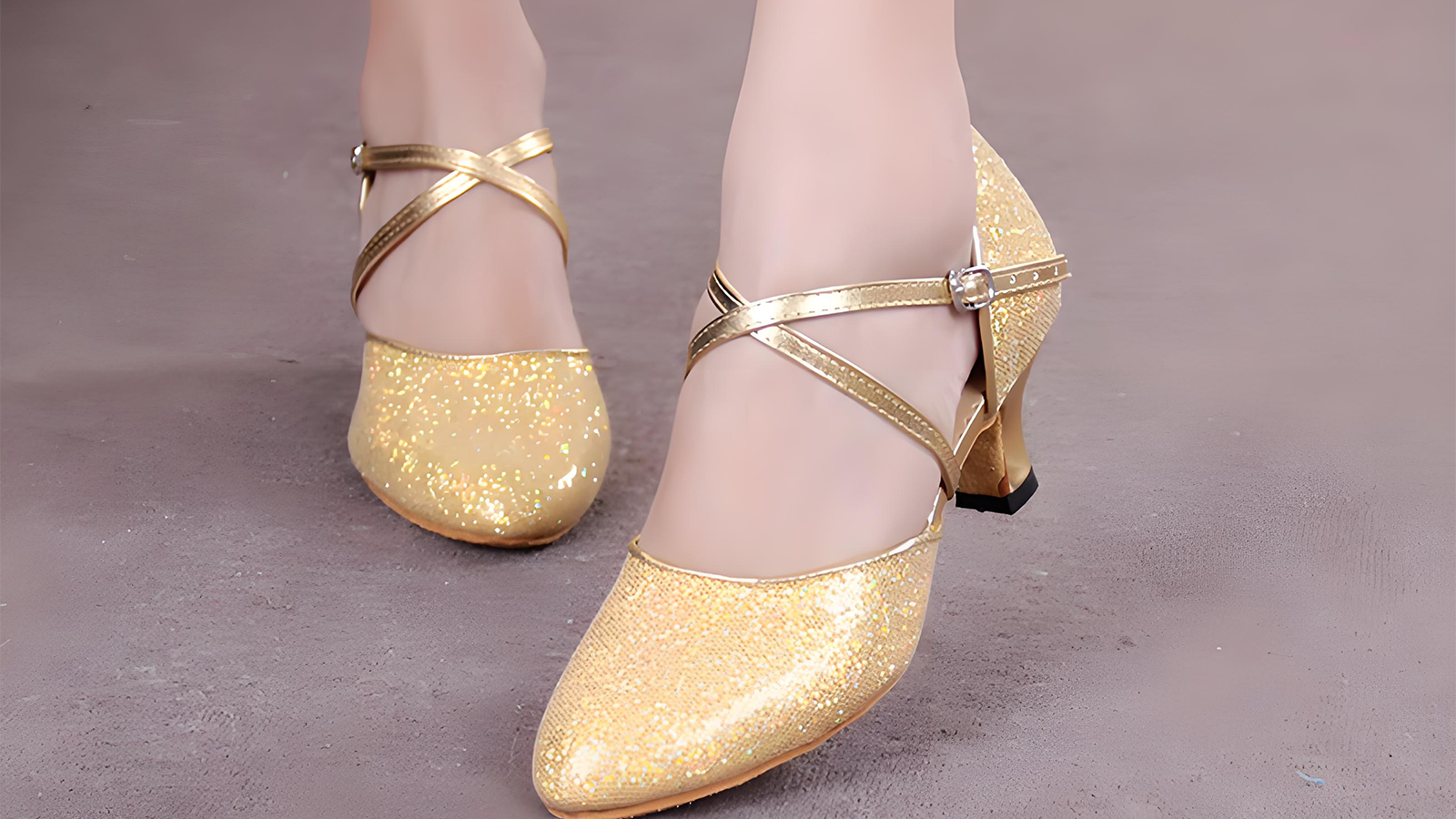Latin dance shoes : Have you ever seen dancing in high heels? Their dance moves are very flexible, even very complex movements can dance smoothly. In addition to solid basic skills, there is a key equipment for this process, which is Latin Dance Shoes. These shoes will make your dance more stable and very beautiful, very suitable for dance. It is worth noting that it can not only be used for dancing, but also for daily dressing and travel, making it a very good shoe.
Latin Dance Shoes: A Cultural Evolution
It all started in the bustling streets of 1920s Cuba, where African rhythms met Spanish melodies to create salsa. Back then, dancers didn’t wear specialized shoes—they moved barefoot or in everyday sandals. But as Latin dances like cha-cha and rumba exploded in popularity, dancers needed footwear that could keep up. The first true Latin dance shoes emerged in the 1950s, designed with flexible suede soles to grip polished ballroom floors without sticking. Cuban shoemaker Miguel Fernández famously hand-stitched heels with extra padding after watching dancers struggle with blisters during marathon sessions at Havana’s Club Tropicana.
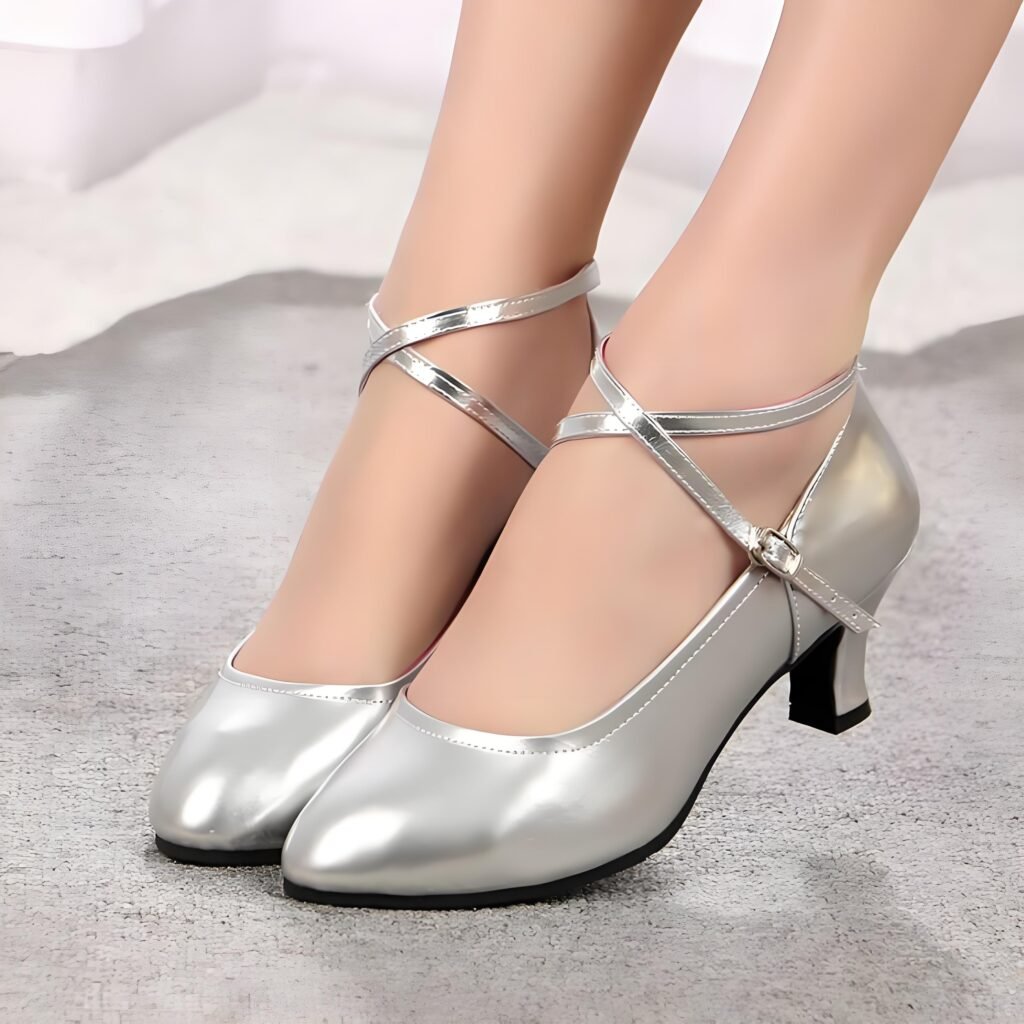
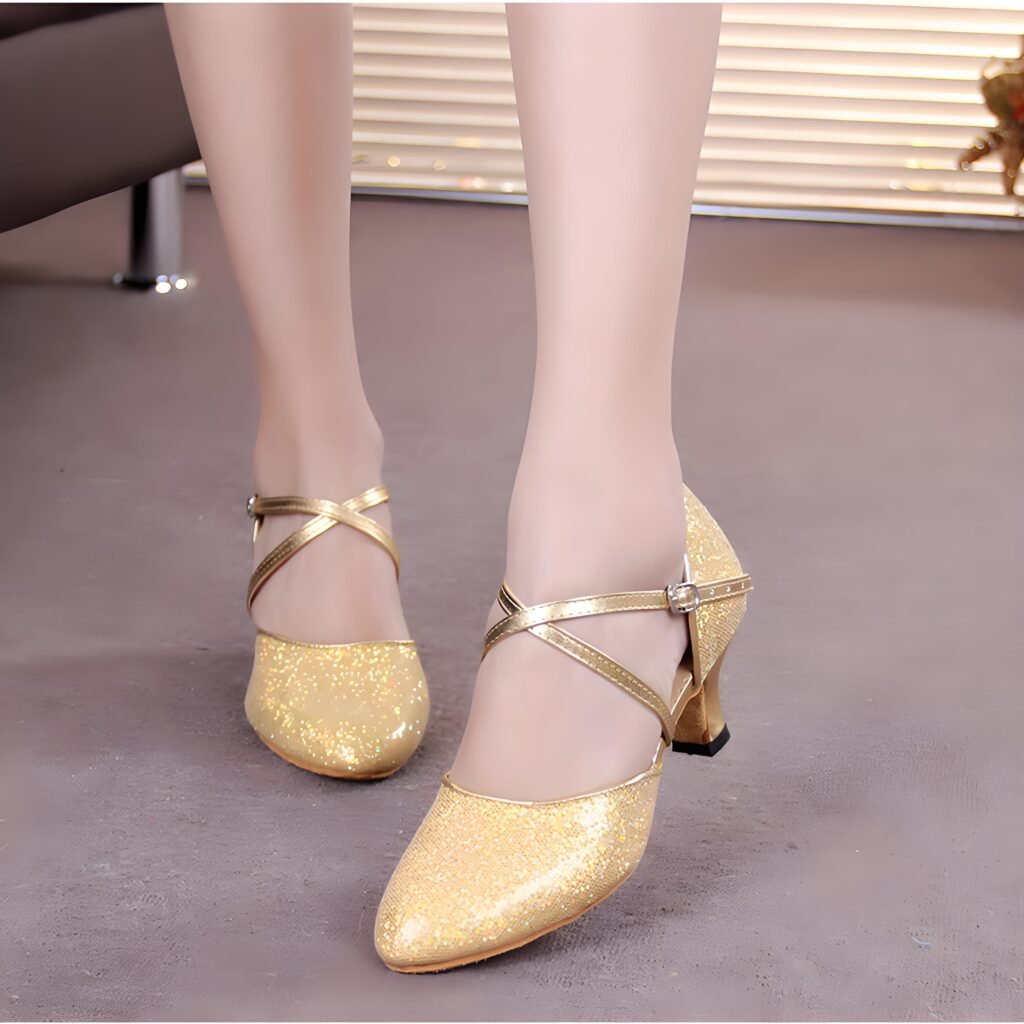
By the 1980s, competitive Latin dance transformed the shoes. Champions like Donnie Burns demanded lighter materials, leading to Italian brands like Capezio using mesh fabrics that weighed less than an apple. The iconic stiletto heel? That was British ballroom innovator Supadance’s answer to helping dancers extend their leg lines—critical for scoring points in waltz and tango competitions. Today’s Latin dance shoes blend tradition with tech: moisture-wicking linings prevent slips, while memory foam arches adapt to your foot shape after just three wears. It’s not just footwear; it’s a century of cultural problem-solving strapped to your feet.
Styling Latin Dance Shoes Perfectly
Firstly, it is simply the favorite of every dancer, whether it is a skirt, jeans, pants, etc., they match perfectly and are a very high-end shoe. When it comes to dance shoes, it definitely reminds people of the boldness and flexibility of the national standard Latin. This dance shoe brand is particularly popular with colorful dance shoes this year.
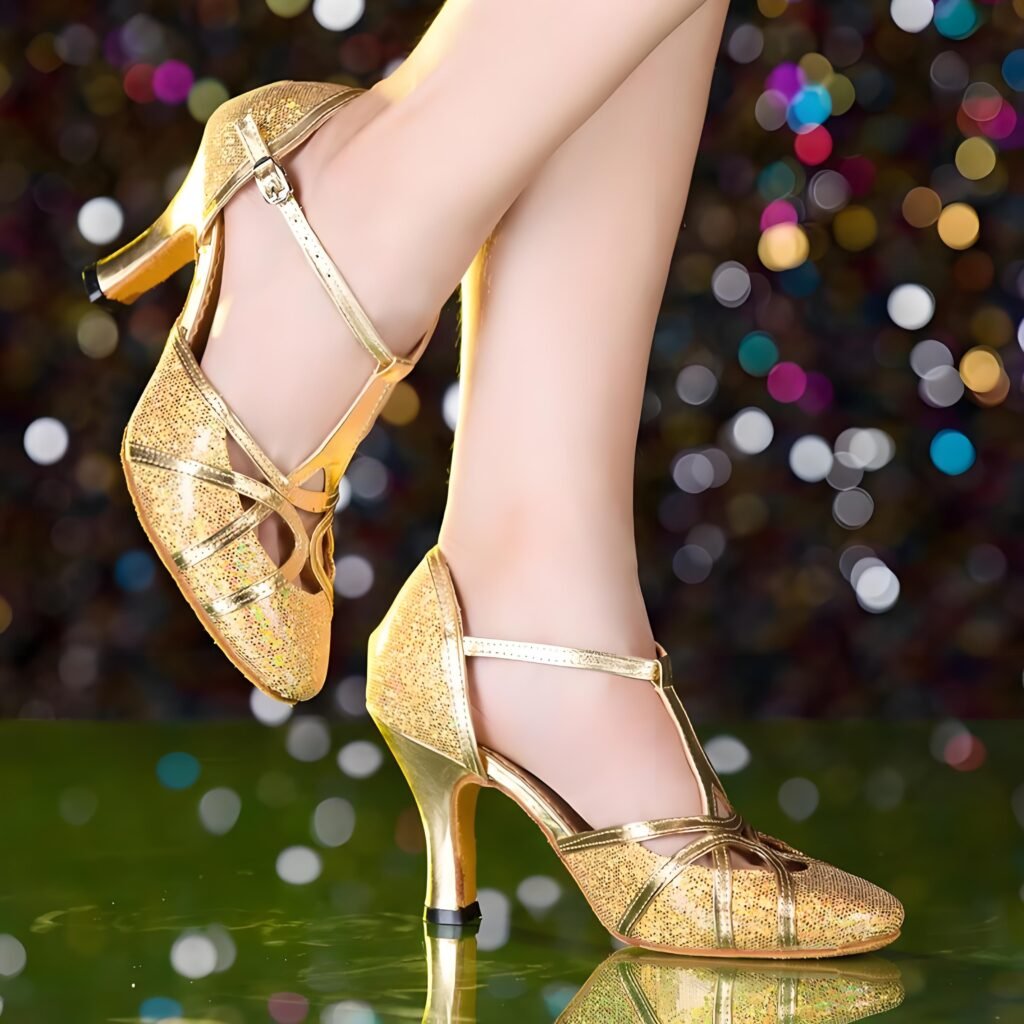
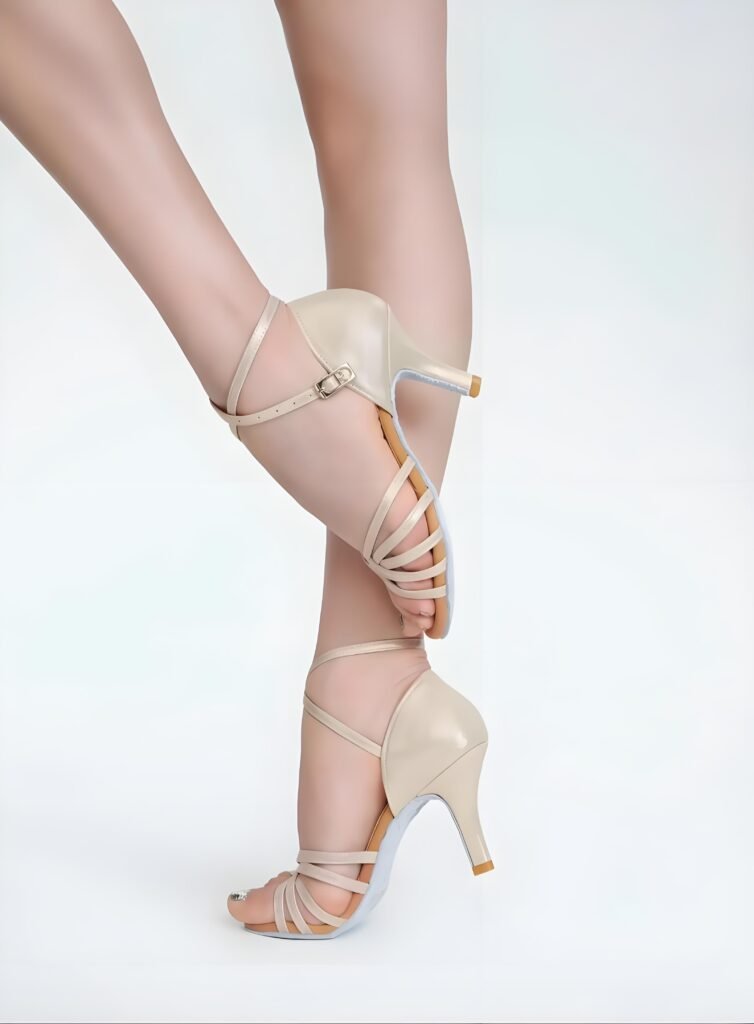
Wearing a white T-shirt and white jeans, paired with a pair of white dance shoes, this look looks more handsome and highlights a youthful vitality and handsomeness. Some people prefer clean white canvas shoes, which can be paired without any pressure. Simply pairing jeans with a T-shirt can create a simple and textured appearance.
Maintaining Latin Dance Shoes: Pro Tips
Latin dance shoes are different from regular shoes and cannot be washed directly with water, otherwise it may cause the shoes to deform or be damaged. Firstly, you can gently wipe the surface and interior of the shoes with a damp towel or slightly damp tissue to remove stains and sweat. After wiping, cover the shoes with a tissue and let them air dry naturally in a well ventilated area. Be careful to avoid direct sunlight or high temperature baking to prevent shoes from deforming or peeling. Finally, after the shoes are dried, they can be wiped with professional shoe polish to increase their shine and extend their lifespan.
Conclusion
Let’s cut to the chase: picking quality Latin dance shoes is like choosing the right tires for a race car. It’s not glamorous, but physics doesn’t lie. Researchers at the University of Birmingham strapped sensors to dancers’ feet and found that proper suede soles reduce lateral friction by up to 40% compared to street shoes during spins. That’s why your pro instructor nags you about gear—it’s the difference between nailing a triple spin or limping off the floor with a twisted ankle.
Got questions? contact us.

